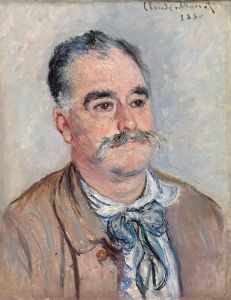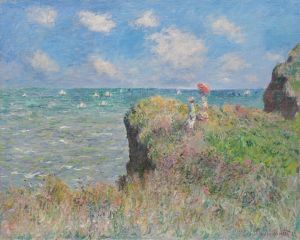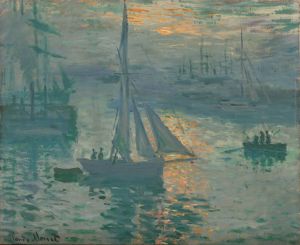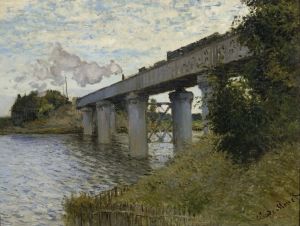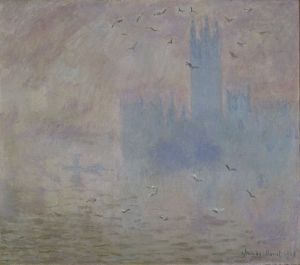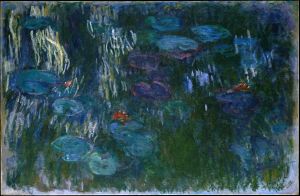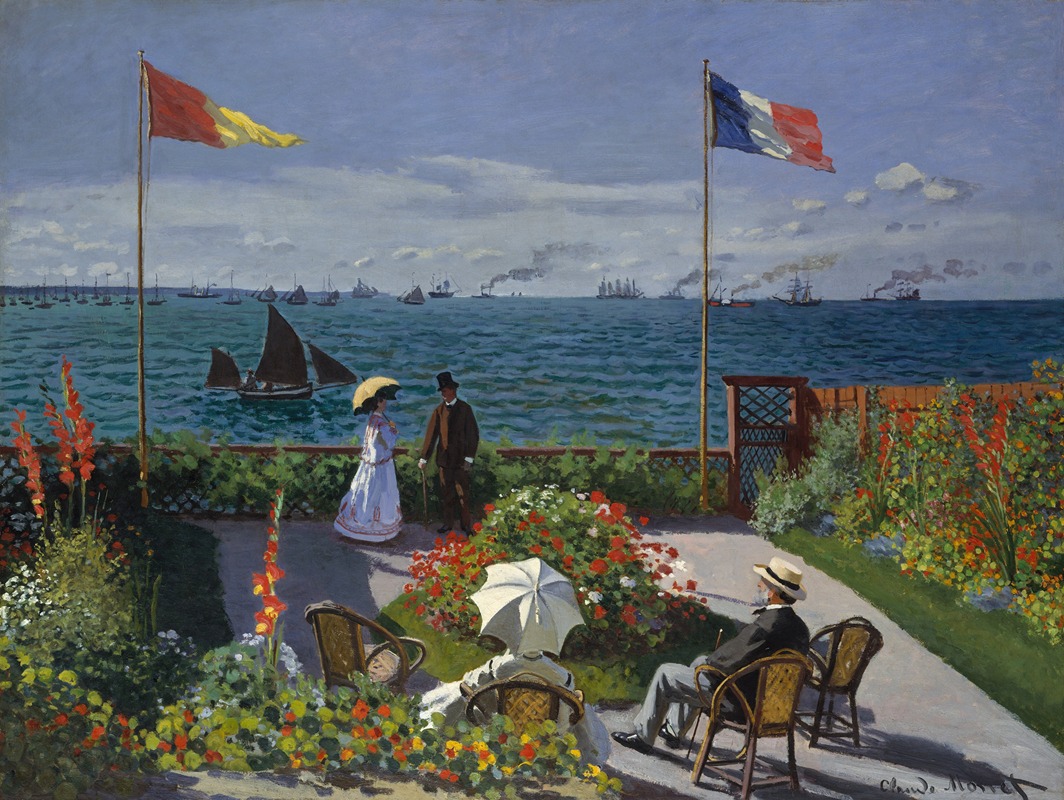
Garden at Sainte-Adresse
A hand-painted replica of Claude Monet’s masterpiece Garden at Sainte-Adresse, meticulously crafted by professional artists to capture the true essence of the original. Each piece is created with museum-quality canvas and rare mineral pigments, carefully painted by experienced artists with delicate brushstrokes and rich, layered colors to perfectly recreate the texture of the original artwork. Unlike machine-printed reproductions, this hand-painted version brings the painting to life, infused with the artist’s emotions and skill in every stroke. Whether for personal collection or home decoration, it instantly elevates the artistic atmosphere of any space.
"Garden at Sainte-Adresse" is an oil painting by the renowned French Impressionist artist Claude Monet. Created in 1867, this artwork is a significant example of Monet's early work and showcases his developing style that would later define the Impressionist movement. The painting is currently housed in The Metropolitan Museum of Art in New York City.
The painting depicts a vibrant garden scene at Sainte-Adresse, a seaside resort near Le Havre in Normandy, France. This location held personal significance for Monet, as it was near his childhood home and a place where he spent considerable time during his youth. The scene captures a moment of leisure and tranquility, with figures enjoying the garden's beauty against the backdrop of the sea.
In "Garden at Sainte-Adresse," Monet employs a bright and vivid color palette, which is characteristic of his work. The painting features a variety of flowers in full bloom, with reds, yellows, and greens dominating the foreground. The garden is meticulously detailed, showcasing Monet's keen observation of nature. The figures in the painting, believed to be members of Monet's family, are depicted in contemporary attire, adding a sense of modernity to the scene.
The composition is carefully structured, with a clear division between the garden and the sea. The horizon line is placed high on the canvas, emphasizing the expanse of the sky and the distant view of the water. This compositional choice creates a sense of depth and invites the viewer to gaze beyond the immediate scene. The use of light and shadow in the painting is subtle yet effective, capturing the play of sunlight on the garden and the shimmering surface of the sea.
"Garden at Sainte-Adresse" is notable for its depiction of leisure and the bourgeois lifestyle, themes that were prevalent in the art of the period. The painting reflects the growing interest in capturing contemporary life and the beauty of the natural world, which were central to the Impressionist movement. Monet's attention to atmospheric effects and his ability to convey the fleeting qualities of light and color are evident in this work.
This painting was created during a formative period in Monet's career, as he was beginning to explore the techniques and themes that would later define his work. Although "Garden at Sainte-Adresse" predates the official start of the Impressionist movement, it contains elements that would become hallmarks of the style, such as the emphasis on light, color, and everyday subject matter.
Overall, "Garden at Sainte-Adresse" is a testament to Monet's skill as a painter and his ability to capture the essence of a moment in time. It remains an important piece in the study of Impressionism and offers insight into the early development of one of the most influential artists of the 19th century.






